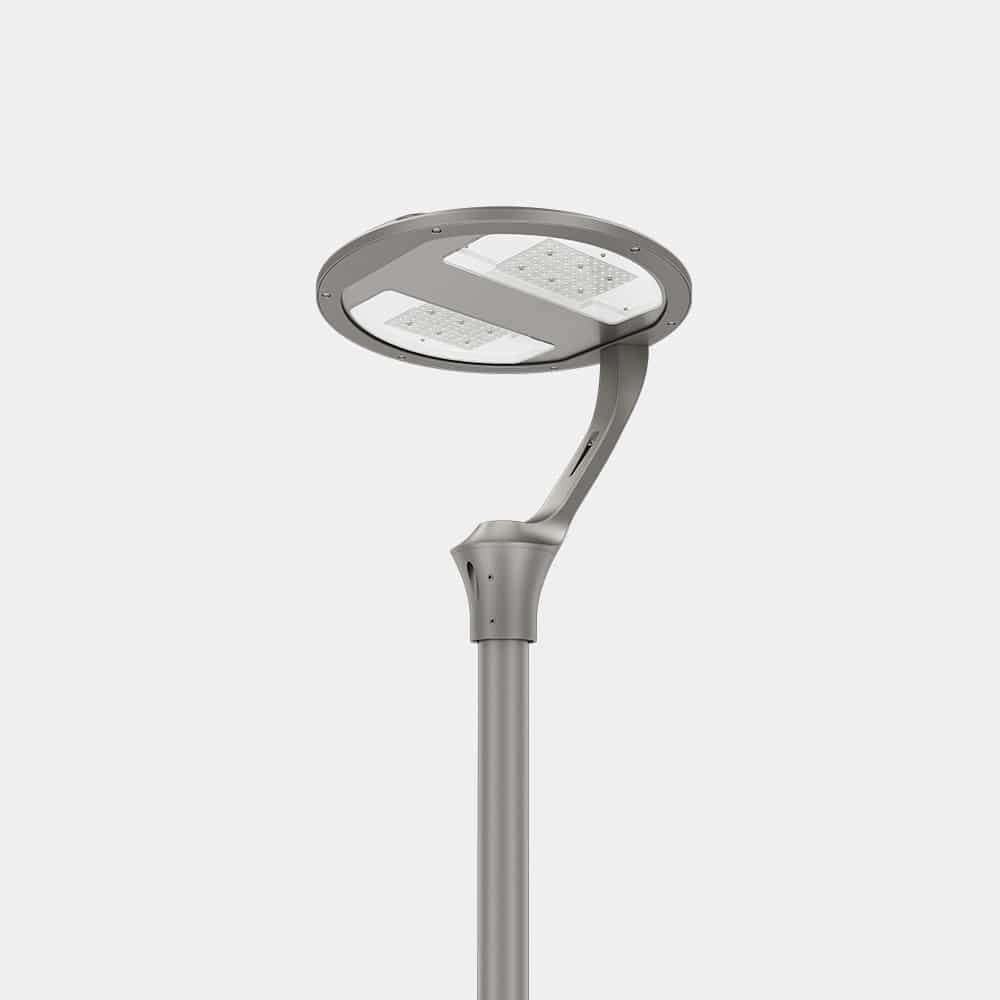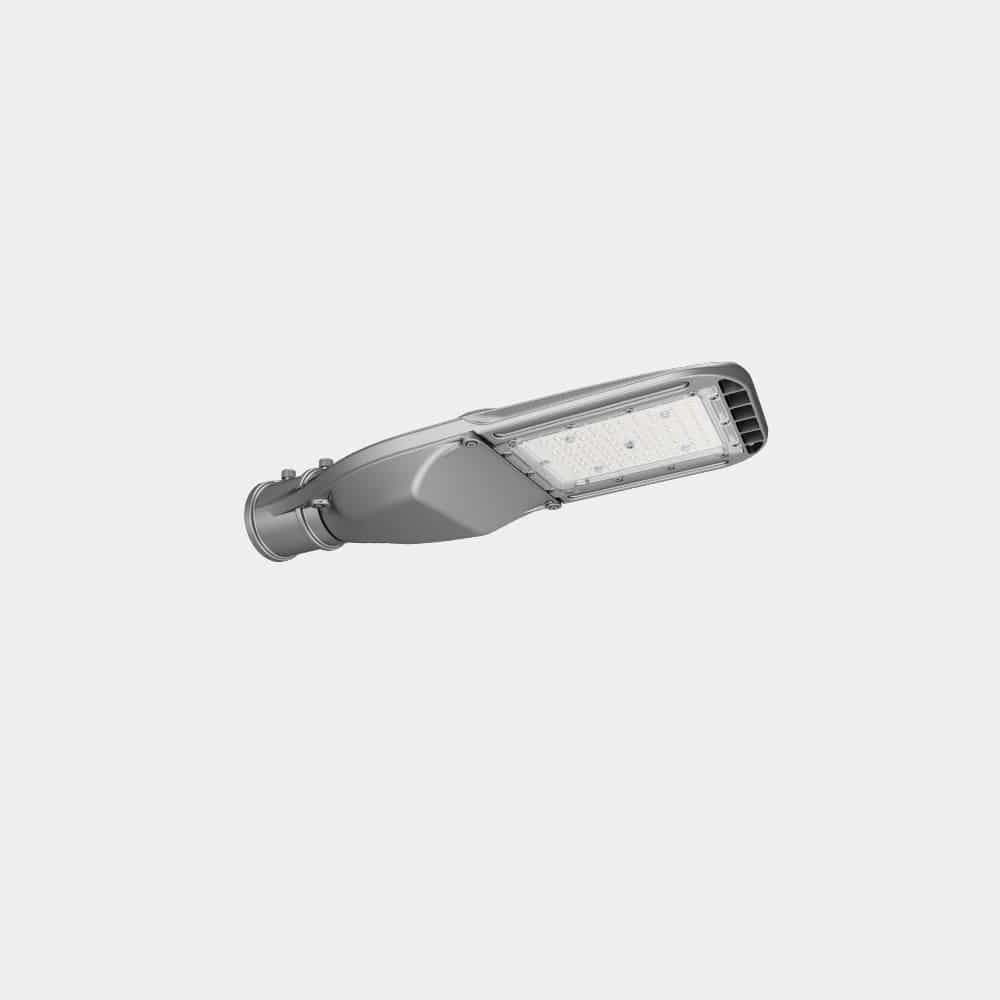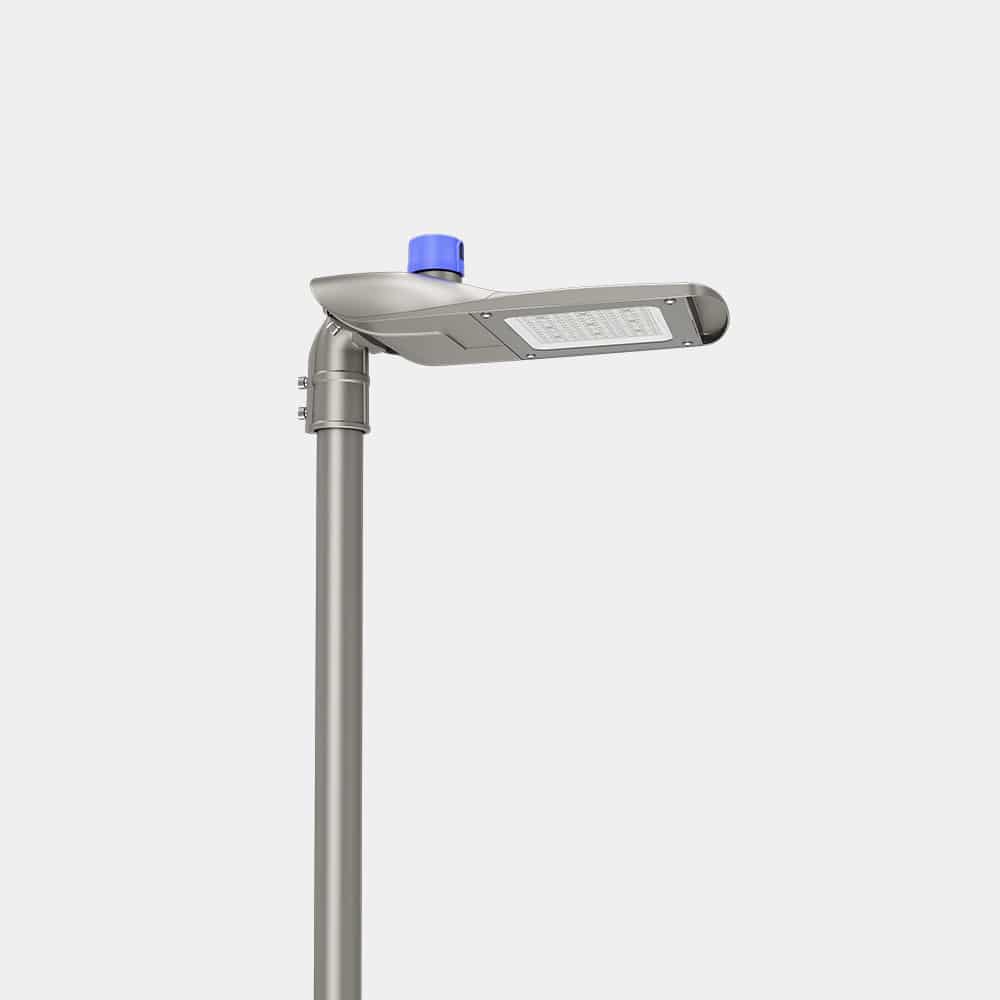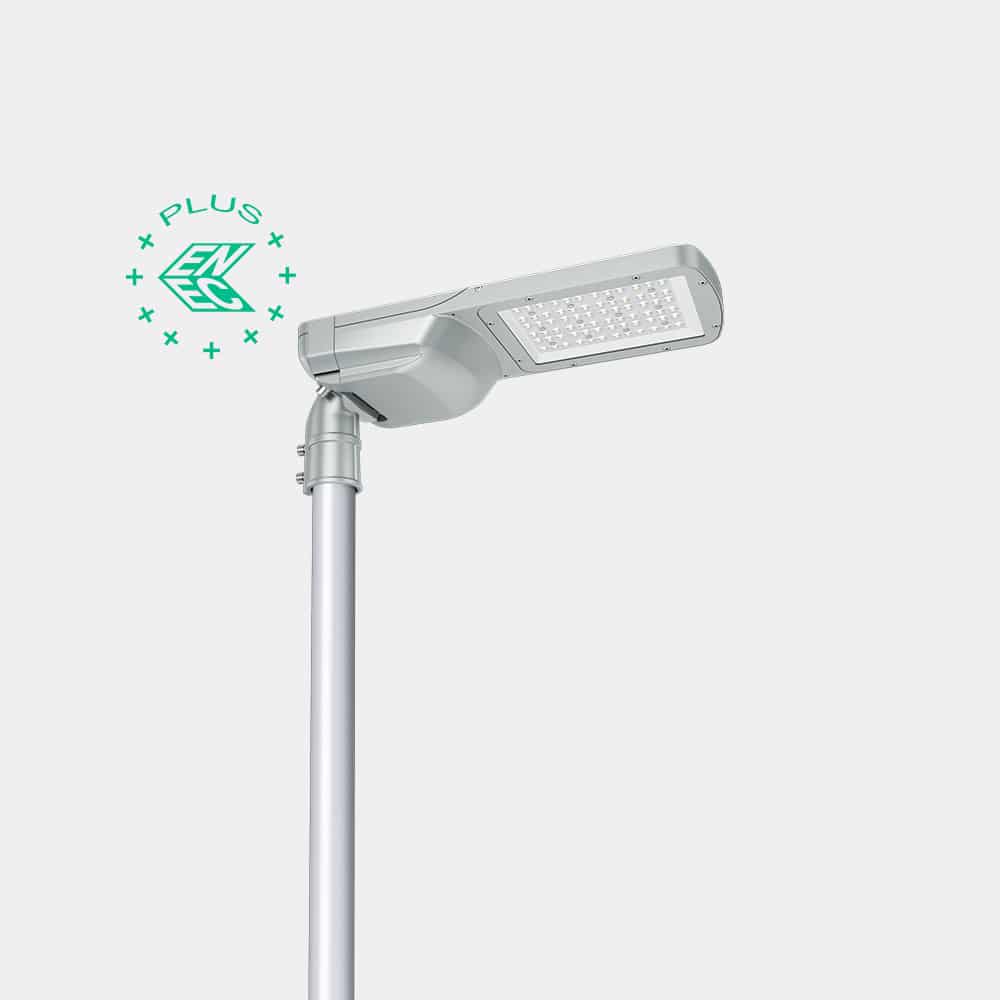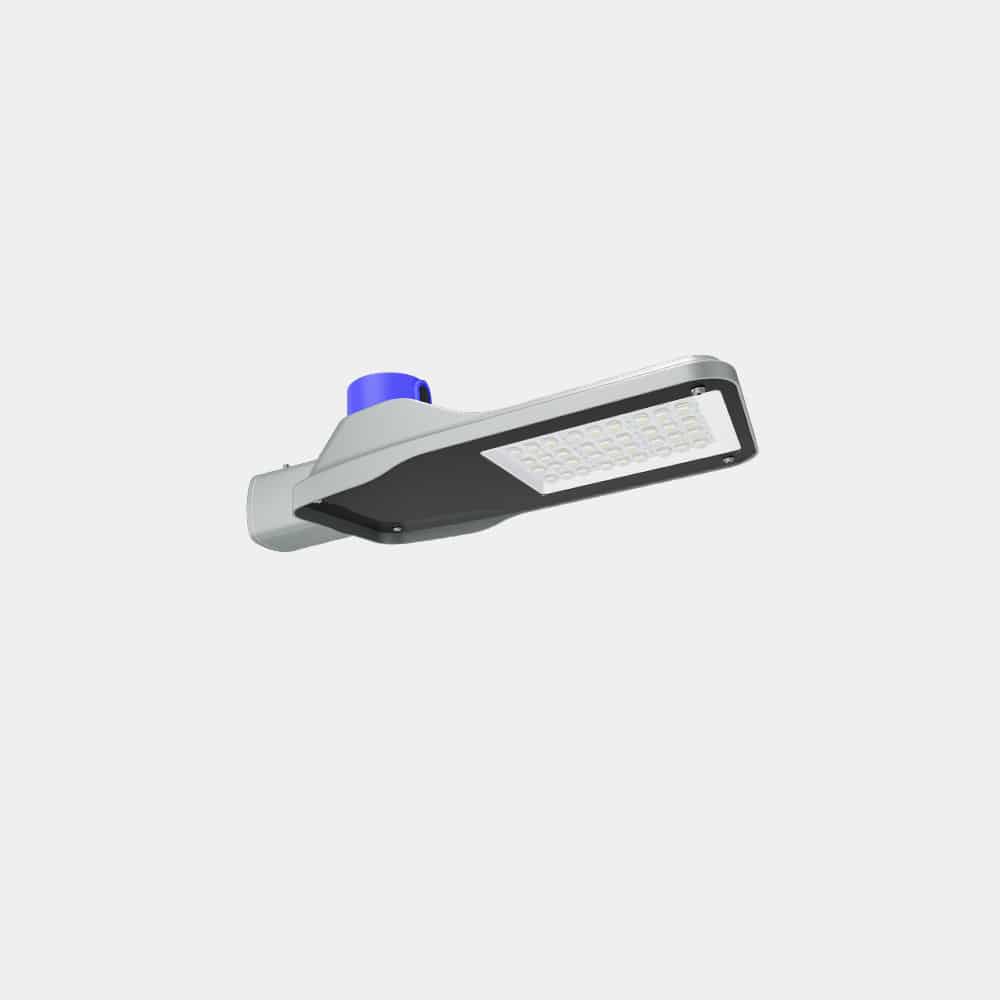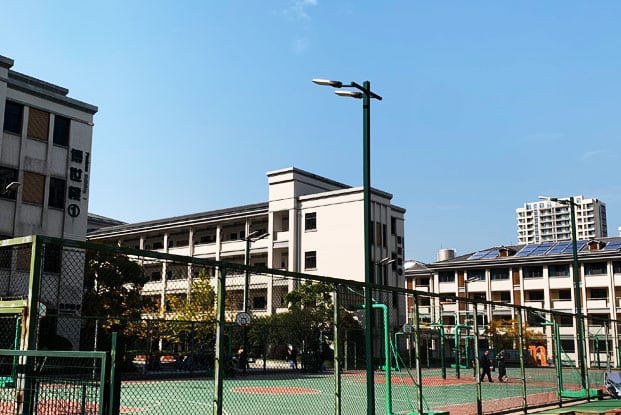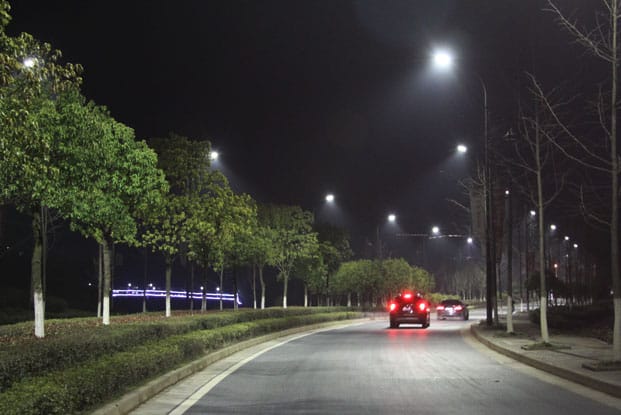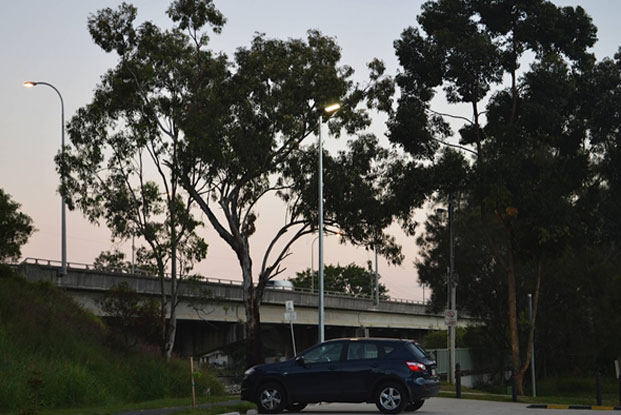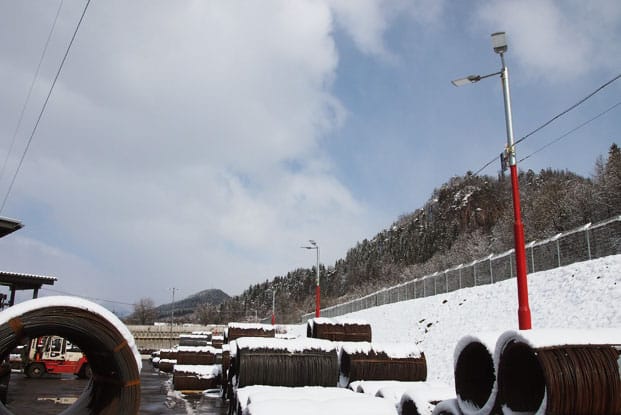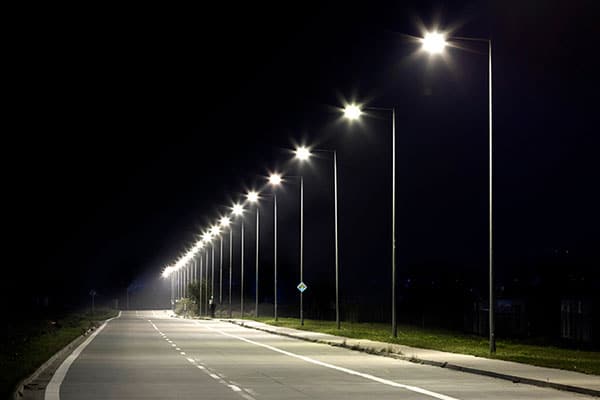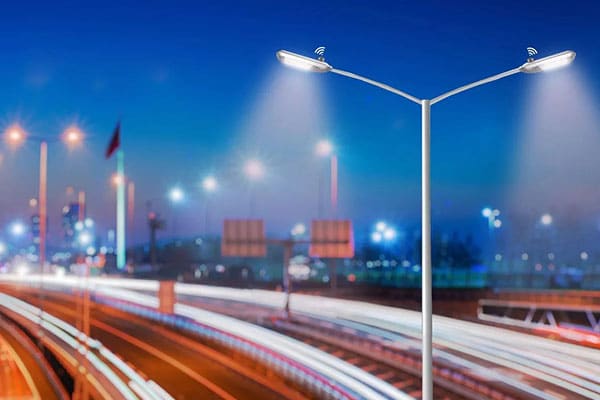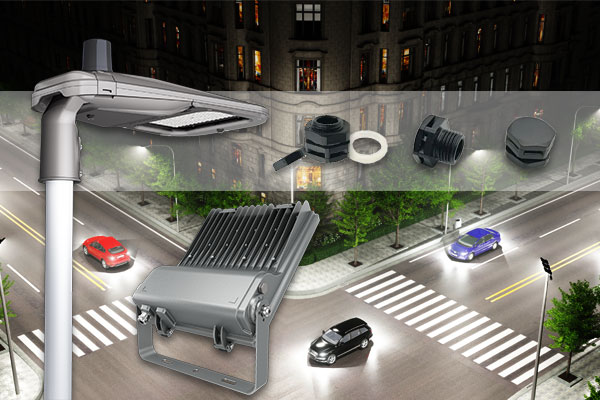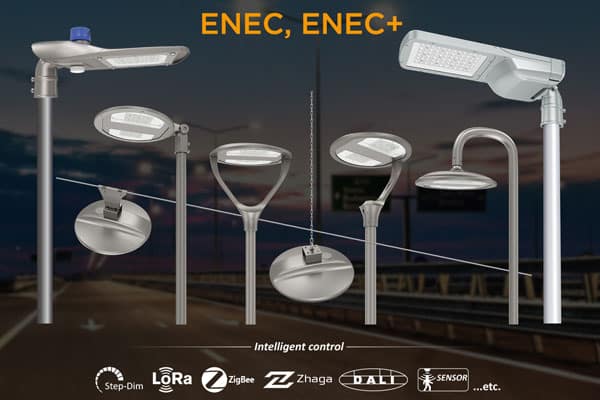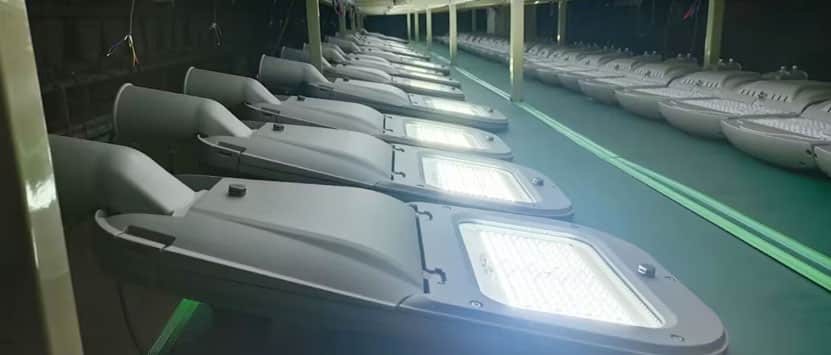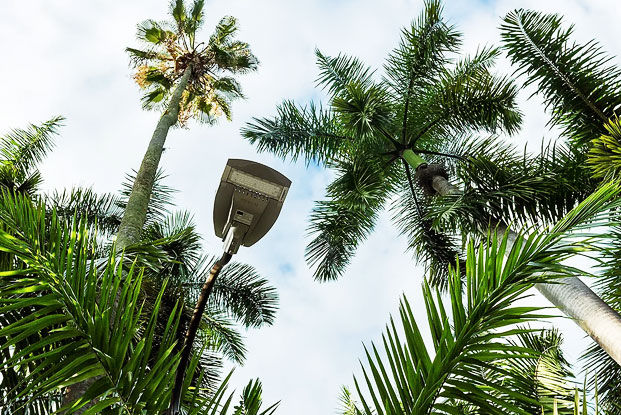
LED Street Light Fixture in Urban Roads
This project has a total investment of 2 million USD and is located on an urban road in Colombia. The typical road width is 7-10 meters, the LED street light pole spacing is 35 meters, and the light pole height is 6-8 meters. ZGSM recommends ZGSM’s H series street light fixture equipped with different wattages and lenses to suit different road conditions. In addition, the street light is equipped with a 7pin NEMA socket, which is very convenient for customers to install light control or later upgrade to a smart street light system.
Products Used
Video
Client Feedback In This Project
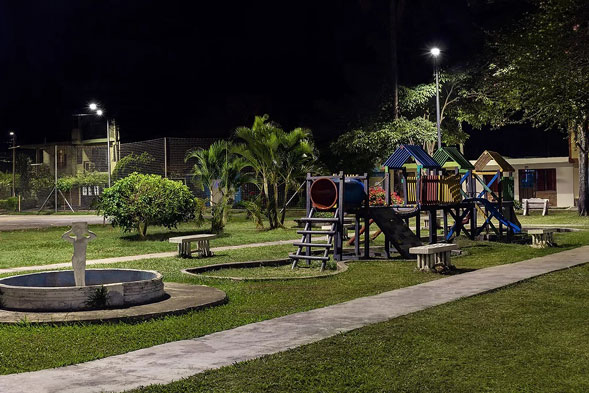
The Problem
Most previous street lighting technologies used traditional incandescent or fluorescent lamps, etc., which had many problems.
They are first of all harmful to the environment because they have low energy conversion efficiency, which will lead to a lot of energy waste.
In addition, traditional light bulbs generate a large amount of heat, which is a big challenge for the heat dissipation of the lamps. It often causes the lamps to be damaged quickly and early.
Traditional lamps require regular replacement or repair of bulbs, which makes maintenance extremely complicated and wastes time, money, and human resources.
The Solutions
ZGSM’s lighting design team conducted careful calculations and research based on light poles of different heights and road conditions (widths and light pole spacing), combined with factors such as traffic flow and pedestrian flow in the road section, and finally determined that different lstreet light fixtures with different wattage should be equipped with different lenses. In addition, in view of customers’ concerns about the heat dissipation and ease of maintenance of lamps, ZGSM’s H series modular street lights adopt a unique heat dissipation design, which greatly extends the service life of the product. At the same time, the modular design also facilitates the maintenance of the lamps. After actual installation and on-site testing, these lamps can meet the brightness, illumination and uniformity requirements of the EN13201 standard for motor vehicle lanes and sidewalks.
project Details
| Product | Model | CCT /Optics | Quantity |
| led street light fixture | ZGSM-LD35H | 4000K, 2M | 6500pcs |
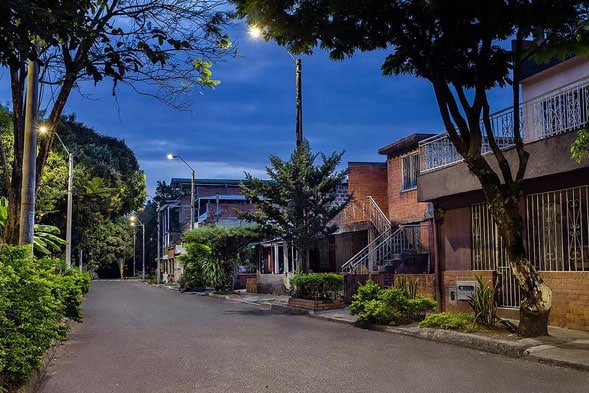
The Result
After the project was completed, the results were highly praised by relevant departments. The lighting effect produced by LED street lamps is bright and uniform, which greatly increases the safety of pedestrians and vehicles. H series LED street lights have high efficiency, reasonable light distribution, good heat dissipation, stable quality and easy to upgrade. After these lamps are put into use, power consumption is significantly reduced and basically does not require maintenance, which contributes to the sustainable development of the city and the improvement of the city’s image. They have also been well received by citizens and strengthened their affirmation of the government.
ZGSM offers comprehensive lighting solutions
For various scenarios including street lighting, urban lighting, highway lighting, parking lot lighting, stadium lighting, sports lighting, factory lighting, warehouse lighting, gas station lighting, and tunnel lighting. Our solutions are designed to provide efficient and reliable illumination, enhancing safety and visibility in these environments.
Related Products
Frequently Asked Questions
We know you might have more questions, so here’s a list of the questions we get asked the most about led street light fixture.
Related Projects
Related Blogs
Contact Us Right Now!
*Your privacy is respected, and all information is secure.







